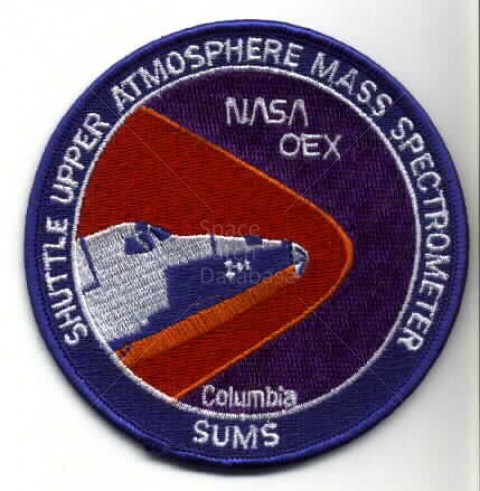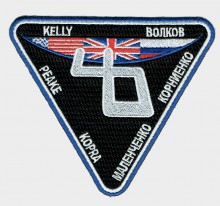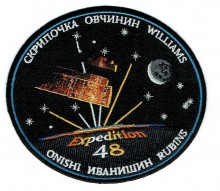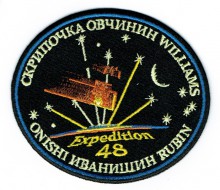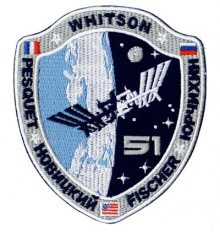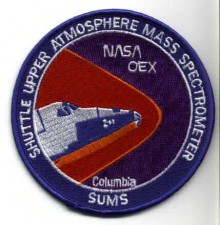The SUMS experiment complements SEADS by enabling measurement of atmospheric density above 300,000 feet. SUMS samples air through a small hole on the lower surface of the vehicle just aft of the nosecap. It uses a mass spectrometer operating as a pressure sensing device to measure atmospheric density in the high altitude, rarefied flow regime where the pressure is too low for the use of ordinary pressure sensors. The mass spectrometer, incorprated in the SUMS experiment, was spare equipment originally developed for the Viking Mars Lander. SUMS was previously flown on STS-61C and STS-35. Robert C. Blanchard and Roy J. Duckett of
Langley Research Center are co-principal investigators. Both SEADS and SUMS provide entry atmospheric environmental (density) information. These data, when combined with vehicle motion data, are used to determine in-flight aerodynamic performance characteristics of the orbiter.
- Log in to post comments

